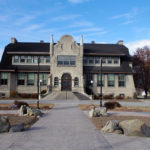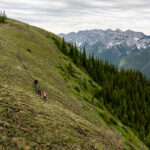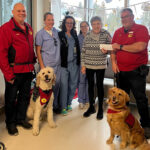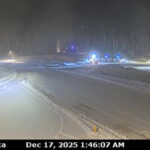Home »
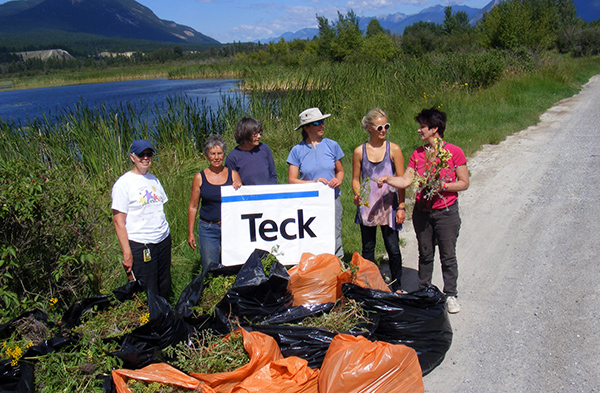
Community groups weed out invasive plants
Community groups are getting to the root of the invasive plant problem in the East Kootenay, while raising money for their cause.
The East Kootenay Invasive Plant Council (EKIPC) invited community groups to take part in Community Weed Pulls this summer and earn $250 for their organization in return for hand-pulling invasive plants in community use areas that would otherwise be difficult to treat.
The project was funded by Teck, whose own sustainability strategy includes rehabilitating and improving ecosystems and biodiversity in the regions where the company operates.
“Teck is pleased to have been involved and looks forward to supporting this worthwhile event in the future,” says Nic Milligan, manager, Community and Government Relations.
This year, weed pulls took place in the Tobacco Plains, Mt. Broadwood Conservation Area, Bull River, Village of Radium Hot Springs, Kimberley and Cranbrook areas.
In the Tobacco Plains, Kimberley, Broadwood and Bull River areas, targeted species were Knapweed and Dalmation Toadflax; both species that have managed to become invasive throughout the East Kootenay. Invasive plants can spread through a variety of different methods. However, in the Radium and Cranbrook areas, the source was clearly the result of a specific human act.
The location of the Radium weed pull site was a small triangular area where three roads intersected. The source of the invasive plants appeared to be the unlawful dumping of yard and lumber waste. Initially, while the targeted species for that location was Common Tansy, volunteers also pulled Knapweed and three different species of thistles.
The Cranbrook weed pull took place at the entrance to a forested community use area. The initial targeted species was both Diffuse and Spotted Knapweed. Once volunteers began the weed pull, they discovered that the soil in the 100-foot-square area had been disturbed by a load of sand and gravel. This appeared to be the source of an infestation that included Dalmation Toadflax, several different species of thistles and Common Tansy.
After completing the pull, volunteers did a walk-about of the surrounding area and were pleased to discover that none of the invasive species appeared to have spread beyond the initial infestation point. Several members of the G.R.O.W. Community Garden group expressed a sense of how satisfying it was to see the before and after look of the area and to know that they had intervened before the invasive plants had spread into the forest. A couple of volunteers also took the time to gather native grass seeds and spread them over the newly cleared area. EKIPC has purchased a native grass mix for use at future pulls.
EKIPC Outreach Coordinator, Pauline Artifacet says, “This site is a prime example of how important early intervention can be and that we as East Kootenay residents need to question the source of materials such as landscape soil, gravel, hay and feed, even firewood.”
Follow up monitoring and treatment will be done at all sites.
Groups who would like to receive information about future opportunities like this or who would like to have an invasive species educational presentation are invited to contact EKIPC at 1-888-55EKIPC or email [email protected].
The East Kootenay Invasive Plant Council and its Outreach and Education program gratefully acknowledges the financial support of Columbia Basin Trust, which supports efforts to deliver social, economic and environmental benefits to the residents of the Columbia Basin.
Photo: Volunteers for Wildsight Inveremere pose behind bags of invasive plants destined for disposal. From left to right: Joan Cameron, Jean Alexander, Maxine Hawes, Kirsten Harma, Reagan Malli, Pauline Artifacet (EKIPC) and behind the camera, Gord English. Participating community groups included: Ktunaxa Nation Tobacco Plains Band; Wildsight – Inveremere; Kimberley Independent School; The Nature Conservancy of Canada; G.R.O.W. Community Garden.
Submitted
